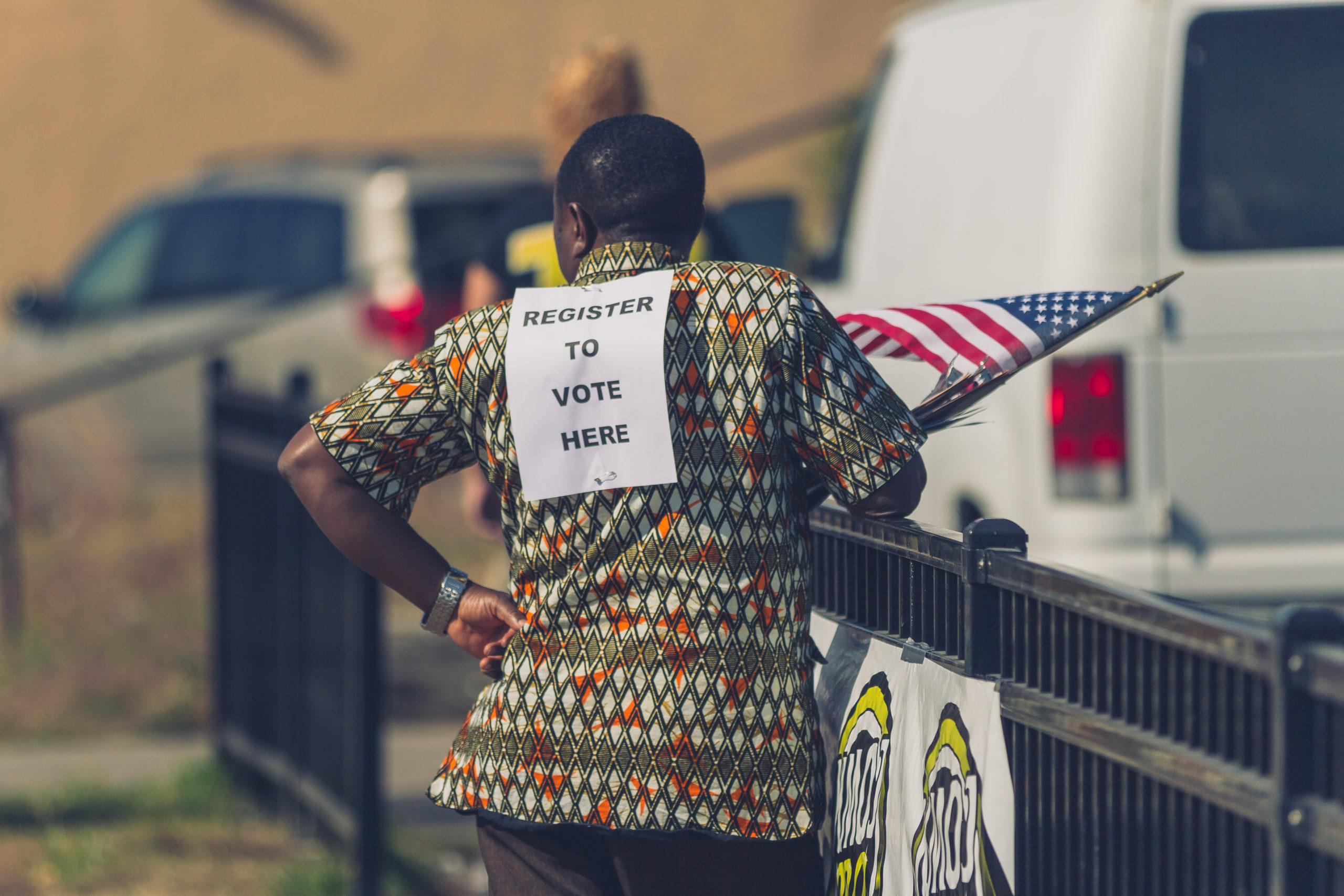2020 was a marathon for journalists preparing for an election that seemed very likely to go off the rails. They did it while also facing unprecedented issues of safety, security, and stability in a global pandemic, a census year, and becoming increased targets for police violence. Journalists of color, Black journalists in particular, tackled all of the above while continuing to navigate systemic racism and leading a reckoning over racial justice in the industry.
In the lead-up to November and throughout election week, many of us were tuned into cable networks and refreshing news feeds around the clock, but national election coverage — predictably — failed us in many ways. As in past years, it often dealt in generalizations and erased identities. In one notable high-profile failure, CNN labeled Native Americans and presumably other unidentified voters as “something else,” rather than naming their demographics. Communities of color were also overwhelmingly targeted by misinformation.
But reporters and newsrooms around the country rose to the challenge of engaging communities, holding candidates accountable, and centering equity. If you’re a regular EJ Lab reader, it will come as no surprise that the best place to look for examples of equity-first election coverage is from newsrooms by and serving people of color. Here’s a snapshot of what these newsrooms did:
- They spoke directly to immigrant communities. Borderless Magazine, committed to more equitable immigration journalism, spoke with Rohingya Americans in Chicago about voting for the first time. Sahan Journal, dedicated to news for and about immigrants in Minnesota, reported about candidate engagement with Hmong American voters and the political diversity of their community.
- They reported information voters need. Bilingual El Tecolote published analysis by San Francisco State University students on how state propositions on the ballot would specifically impact California Latino communities. Native America Calling dug into the latest information about Native voting access for tribes across the country.
- They served their communities. Nonprofit start-up Pulso provided news, information, and perspectives to Latino voters who are often much more generalized by national media, such as how Latino voters shape candidate platforms, the significance of National Voter Registration Day, or the impact of new laws. For Spanish-language newsroom Enlace Latino NC, the story of voter education and registration didn’t end with the November election. They highlighted the impact of organizers in North Carolina whose work is ongoing.
- They exposed voter suppression. MLK50 told the story of how an ex-offender legally regained his voting rights despite major challenges in Tennessee. Sahan Journal covered how Muslim faith leaders pushed back against efforts to discourage Muslim voter turnout in Minnesota. The Lakota Times reported on state violations of the National Voter Registration Act in South Dakota.
- They sought out individual voter perspectives. Flint Beat wrote about the experience of being a 2020 Latinx voter in Michigan: including how discrimination, White House policies, and community organizing all have an impact on voter decisions. And The TRiiBE spoke with young Black Chicago voters about their ballot options and their hopes for future policy reforms.
The accomplishments above didn’t just happen by chance. They are the result of long-term commitment and relationship building between journalists of color and their communities, and they were fueled by funders who understood the urgency of 2020 and worked together to coordinate and drive resources to support capacity building, staffing, and targeted projects focused on serving communities. As we turn the corner into 2021, the urgency is still with us, and the need for more coordination, more resources and more commitment to journalists of color continues.
As we turn the corner into 2021, the urgency is still with us, and the need for more coordination, more resources and more commitment to journalists of color continues.
We have seen what we can do when we work together to drive support to these newsrooms — and it’s time to keep building momentum. Here’s what funders can do to support engaged, equitable reporting in 2021:
- Give more. Join the Racial Equity in Journalism Fund to deliver resources directly to newsrooms led by and serving communities of color. Many of the newsrooms mentioned above are grantees of the Fund.
- Make some noise. Use your communication channels to share examples of ongoing equity-first reporting. Newsrooms like The Atlanta Voice, Bridge Detroit and Wisconsin Watch, in places subject to widespread false claims of election fraud, are working around the clock to ensure ongoing accountability, and they need more support.
- Continue the work in 2021. The full story of the 2020 election — and the state of elections coverage — hasn’t yet been told. Pay attention to what worked and what didn’t. Tune in for learning and debriefs from projects like Election SOS who is analyzing how the Citizens Agenda, newsroom fellowships, Experts Network, Rapid Response Fund and other initiatives fueled more engaged, trusted, and representative election coverage.
For our part, the Engaged Journalism team at Democracy Fund will be identifying clear action steps to shift our internal structures and practices to put equity first in our grantmaking. Stay tuned for updates on how this goes in 2021.
Published with research support from Public Square Intern Areeba Shah.
